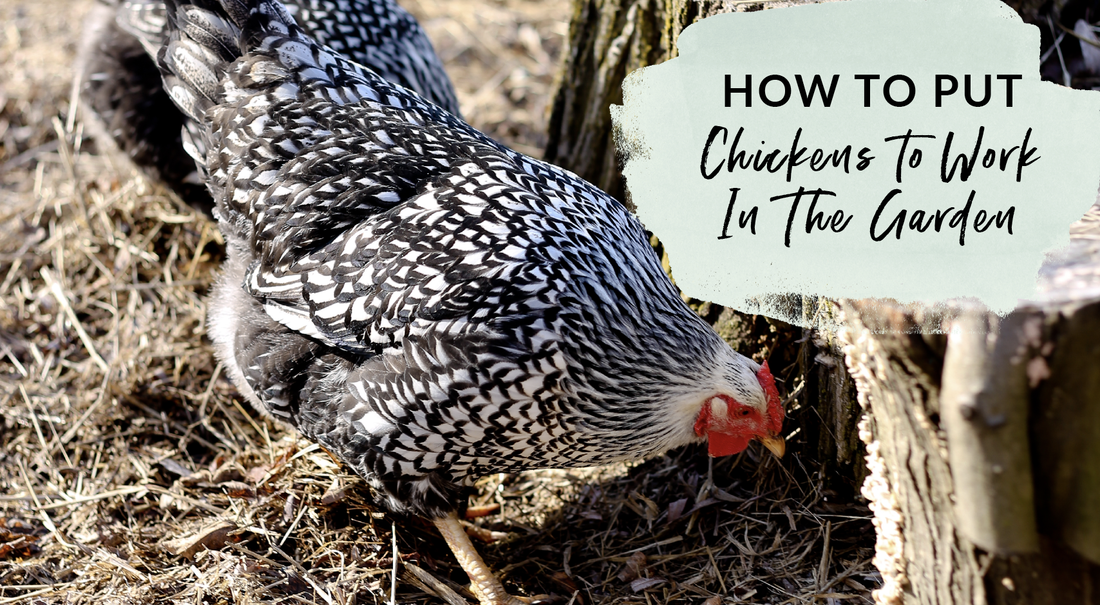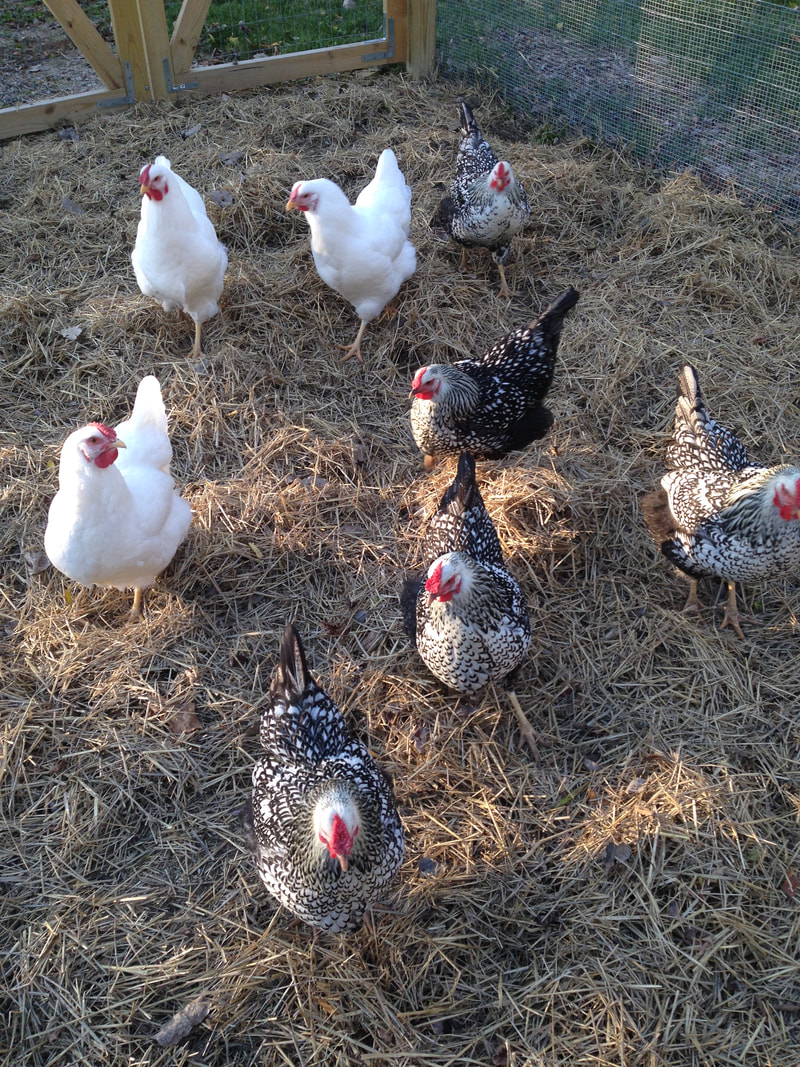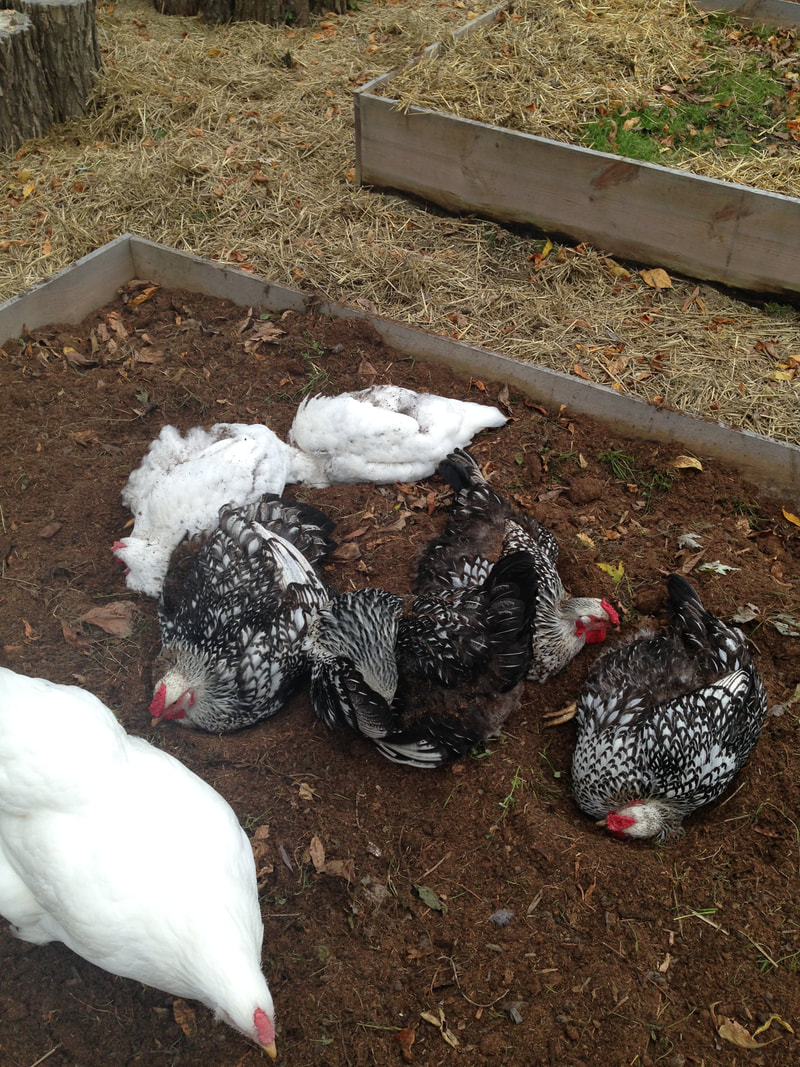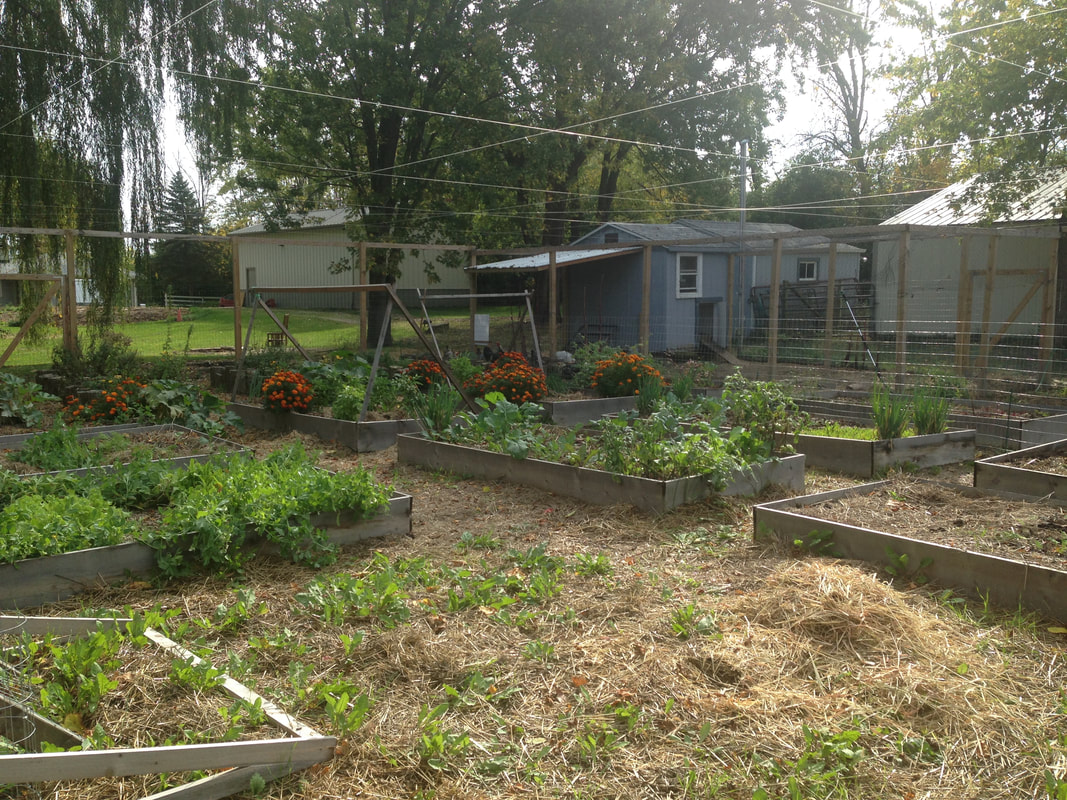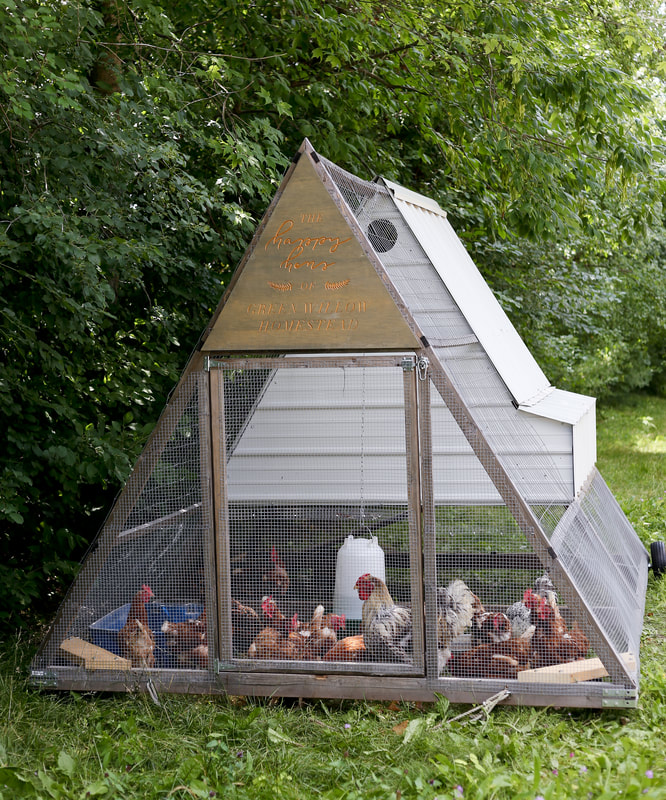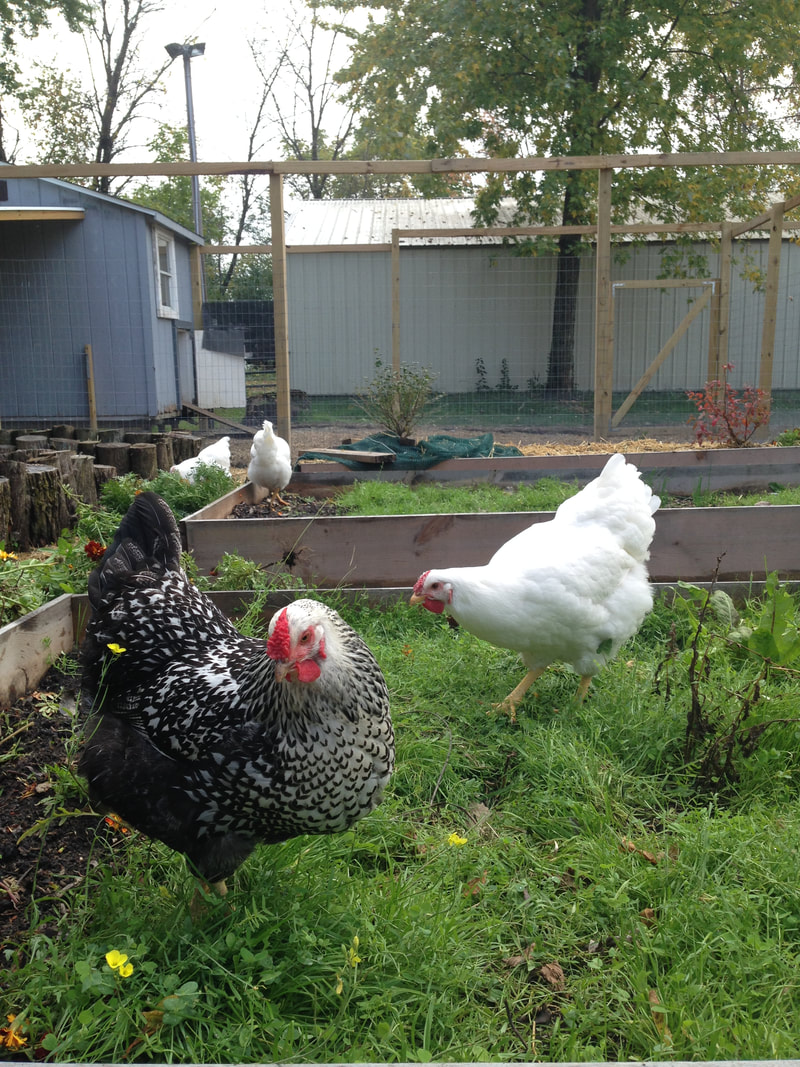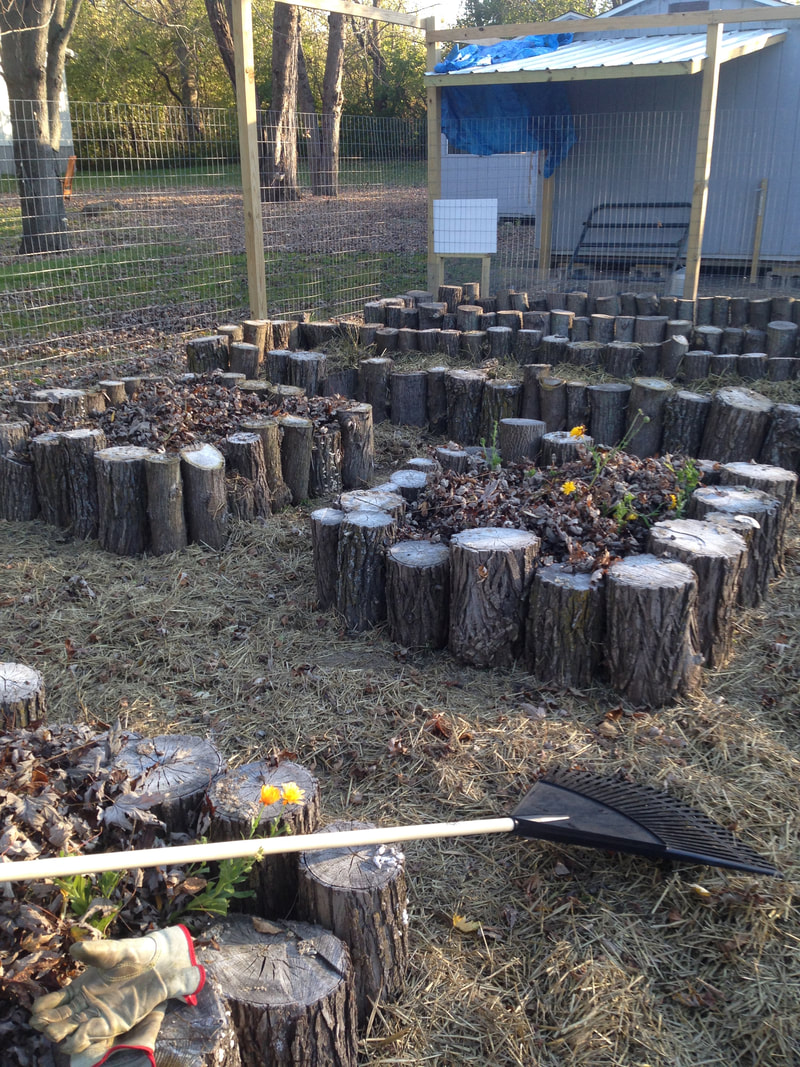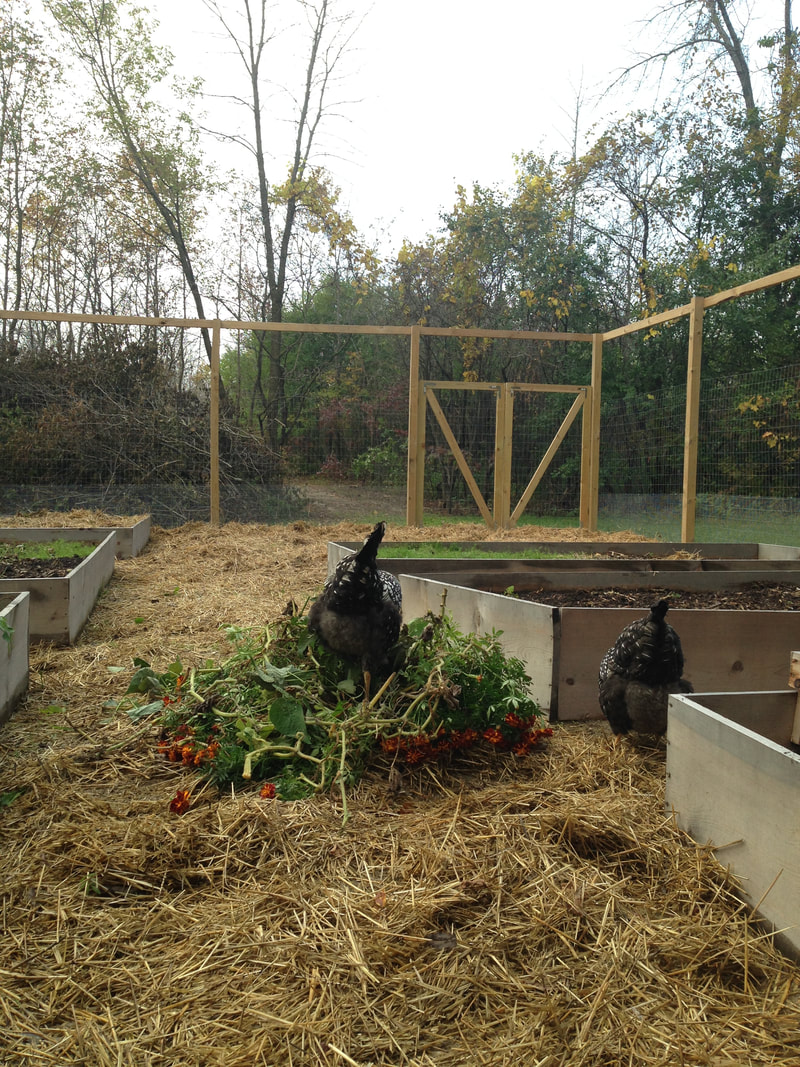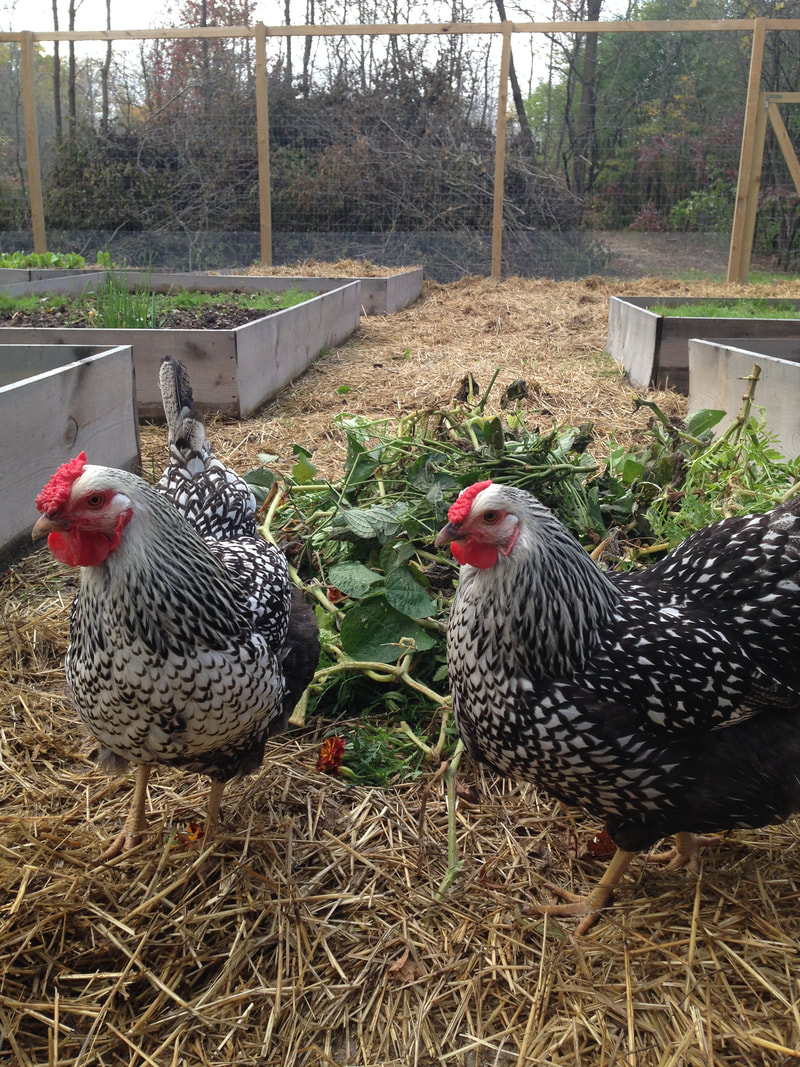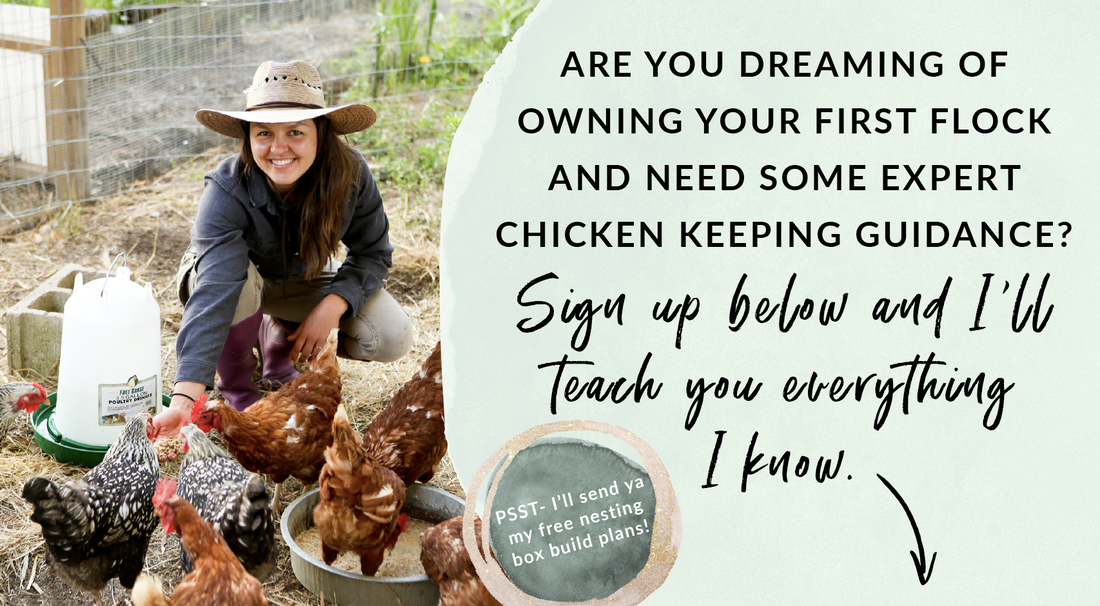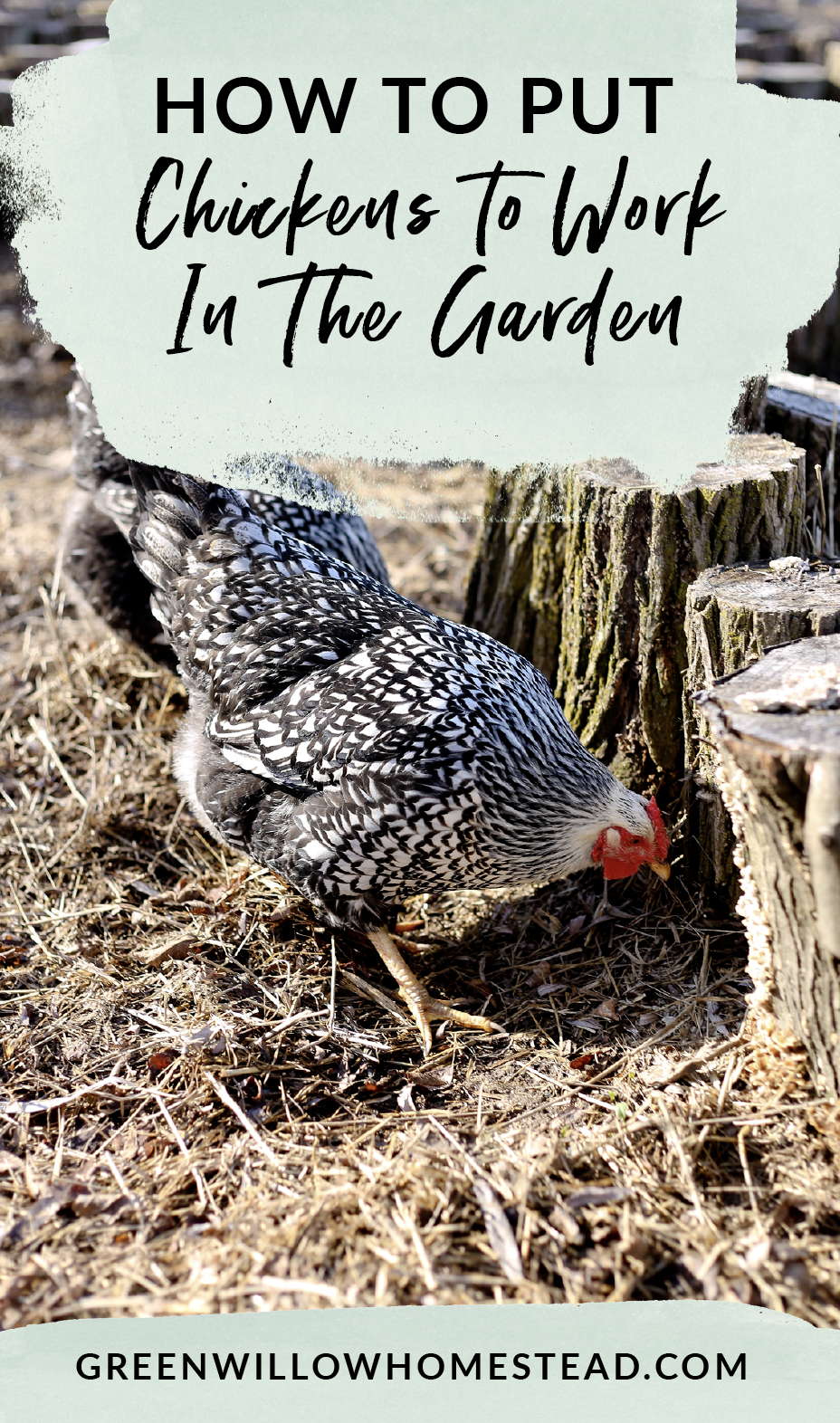|
There is nothing more wonderful for a gardener than sharing the love of gardening with another. In this case, we are talking about sharing that love with your chickens! Not only will chickens love to be included in your garden, but they also can take some of the gardening work off your shoulders. In this post, we will go over how you can work with your chicken’s instincts to prep and clean up your garden during the growing season, fertilize your soil, and till your cover crops under when the timing is right.
Respecting the Chicken-ness of the Chicken
|
Just bought my chickens , learning about their behavior . Wantingvto start gardening so this was extremely beneficial info for me .
How do the hens not kick soil, compost and straw into your pathways? I'm all in on getting them to help, but not sure how to keep the paths from getting mucked up w soil (aka making MORE work by having to weed them).
Chickens are good not only that they are natural source of food. It could be beneficial in other ways as well. I know of farms where plants are trampled under the egg shells. You should see what a great result and how well the substrate is fertilized with microelements!
Thanks for one marvelous posting! I enjoyed reading it; you are a great author.I will make sure to bookmark your blog and may come back someday. I want to encourage that you continue your great posts, have a nice weekend!
Hello Mate,
As a professional Content Marketer and Link Builder, I help businesses boost their online visibility. I stumbled upon your contact information via Google Search.. Enclosed, you will find a file containing several high-quality sites I directly manage
Should you require our guest posting or backlinking services, don't hesitate to reach back for additional information.
You've completed in excellent work. t suggest to my frtends ind personilly wtll certitnly dtgtt. t'm conftdent they'll be gitned from thts webstte.
Leave a Reply.
Meet Kelsey,
Thanks for stopping by Green Willow Homestead! From chicken rearing to composting, we've got our hands full and we love sharing what we've learned along the way. Follow along as we turn the 80 acres we call home into a farm that serves its community and a homestead that nourishes us throughout the seasons.
Grab the Ebook
Listen in!
FREE Guide!
Tune in to our YouTube Channel
Inspirations
Categories
All
Broody Hen Care
Farmer Resources
Holistic Healing
Homesteading Plans
Organic Gardening
#PackagingForThePlanet
Raising Dairy Goats
Raising Pastured Chickens
Recipes
Sustainable Living
The Farm Stand
The Food Forest
The Positively Green Podcast
Weekly Homestead Update
Favorite Books of 2024
2. Braiding Sweetgrass
3. As Long As Grass Grows
4. The Small Scale Poultry Flock
5. The Zero Waste Solution
Archives
April 2024
February 2024
January 2024
November 2023
September 2023
August 2023
March 2023
February 2023
November 2022
October 2022
August 2022
July 2022
June 2022
May 2022
February 2022
January 2022
November 2021
October 2021
September 2021
August 2021
June 2021
May 2021
April 2021
March 2021
February 2021
January 2021
September 2020
August 2020
July 2020
June 2020
May 2020
April 2020
March 2020
January 2020
December 2019
November 2019
October 2019
September 2019
August 2019
July 2019
June 2019
May 2019
April 2019
March 2019
February 2019
January 2019
December 2018
November 2018
October 2018
September 2018
July 2018
June 2018
May 2018
April 2018
March 2018
February 2018
January 2018
December 2017
December 2016
November 2016
June 2016
May 2016
April 2016
March 2016
February 2016
January 2016
FOLLOW KELSEY ON INSTAGRAM!
As an Amazon Associate I earn from qualifying purchases. |

